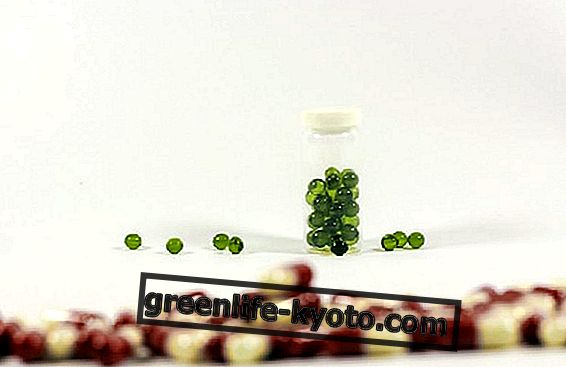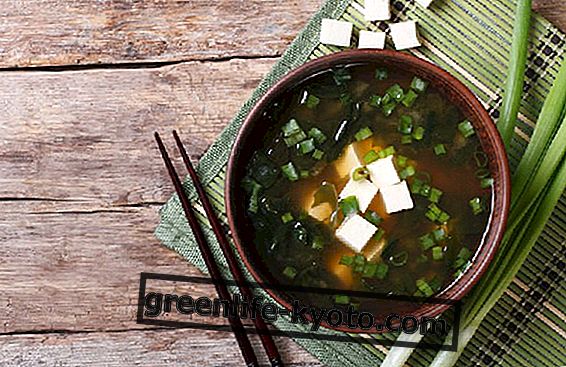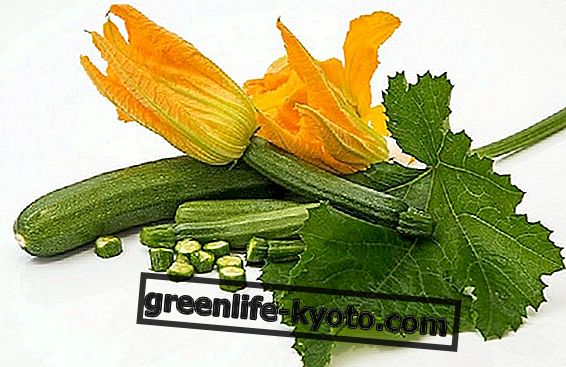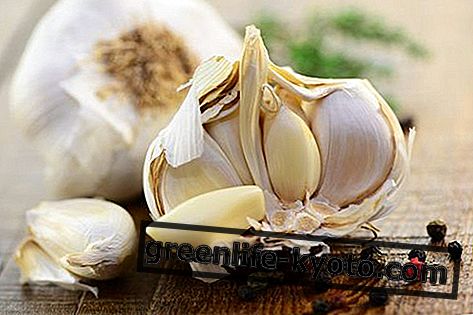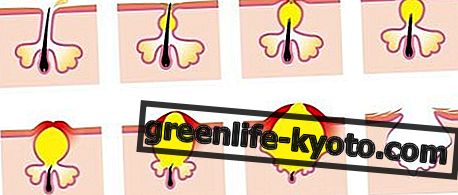
If we talk about anthroposophic medicine we talk about Rudolf Steiner and if we mention the mistletoe in the Steiner culture we refer to the Viscum album .
Nothing new because the discovery of the properties of mistletoe in this key dates back to the 1920s / 192s 4.
Rudolf Steiner had observed how the mistletoe grew far from the earth, in constant contact with air, light, sun and not subject to the forces of the earth, of humus, of darkness and cold, of radicalization and hardening.
It is a hemiparasite because to grow it needs to be housed on a tree from which it draws sap without harming the host plant! Moreover it grows perpendicularly to the branch on which it rests, without following the forms of the plant or responding to gravitational forces.
Instead, it maintains a spherical, balanced form and does not absorb the water it receives, except in very small altitudes. These characteristics opened to Steiner a world about its use to contrast instead these energies that analogically govern degenerative diseases.
Currently the mistletoe is used both in Germany and in Switzerland for the complementary oncologic therapy and is even borne by the national health service. Let's see what features the mistletoe has and how the preparation looks in an anthroposophical key.
Read also The biodynamic diet in anthroposophy >>
The properties of Mistletoe
Through studies of molecular pharmacology some proteins and cytotoxic lecithins have been discovered that on one hand cause a process of necrosis of the tumoral cells, induce apoptosis, a programmed cell death, and on the other hand perform an immunostimulatory action, developing the Natural killer cell activity, the production of Interleukin I and 6 pro-inflammatory.
It seems that the intake of Mistletoe also improves the conditions resulting from the chemotherapeutic effect, with a decrease in pain, exhaustion, increased appetite and improved sleep quality
There are trials that show interesting results in the treatment with the mistletoe of tumors of the ovary, breast, liver, brain, in which the tolerability of chemotherapy and treatment times has improved.
Anthroposophical Mistletoe
In anthroposophic medicine the mistletoe used is that of oak, apple and pine. It is fermented with lactobacillus plantarum and the one harvested in the summer is mixed with the one harvested in the winter season. The preparation thus obtained is used to support oncological therapies.
It is taken with various modalities based on the illness and the doctor's approach : by oral, topical, subcutaneous, intravenous, intralesional, intracavitary.
Anthroposophic Medicine
What is meant by anthroposophical medicine? First of all, the foundation of this medical approach to the sick and the sick was due to Rudolf Steiner, starting in the 1920s. The epistemological thought that underlies anthroposophical medicine integrates man, nature, spirit, soul, material vision. and etheric ; in this perspective the disease is not to be ascribed to a single cell but to the whole organism.
Consequently, the therapeutic approach starts with conventional techniques to expand into vital areas that concern the individual, such as his environment, his thinking, his feelings.
Anthroposophical medicine believes that the reality of man is quadripartite in physical body in line with the mineral kingdom, etheric body in line with the vegetable kingdom, astral body in line with the animal world, and the spirit that concerns the organization of the I of the human being .
These kingdoms interpenetrate and influence each other, creating continuous transformations in the passing of life, subject to constructive and destructive forces, in a continuous regeneration. Health is part of this transformation cycle and must therefore be treated when it becomes an illness with an approach that embraces and integrates all aspects that concern the human being.
